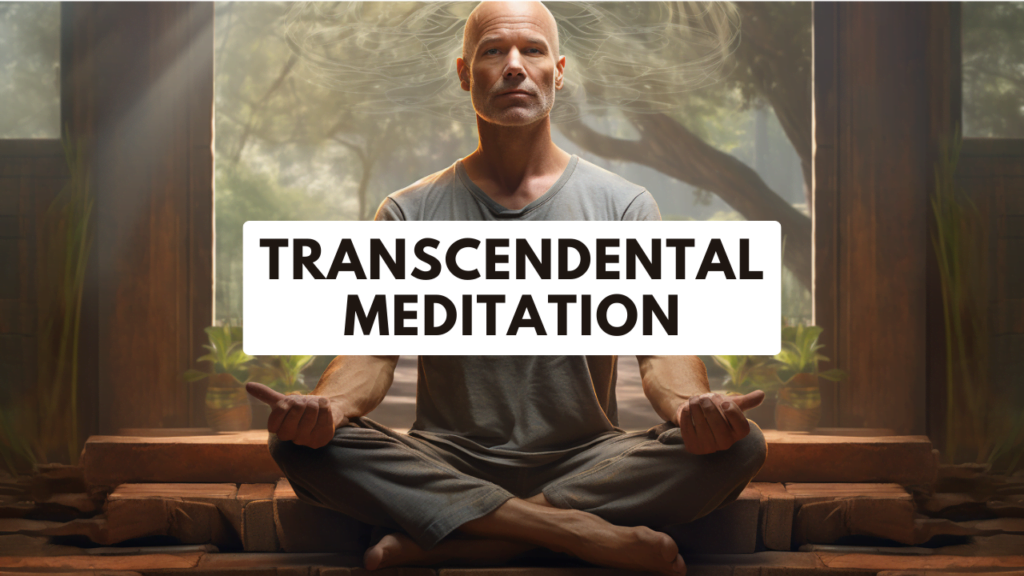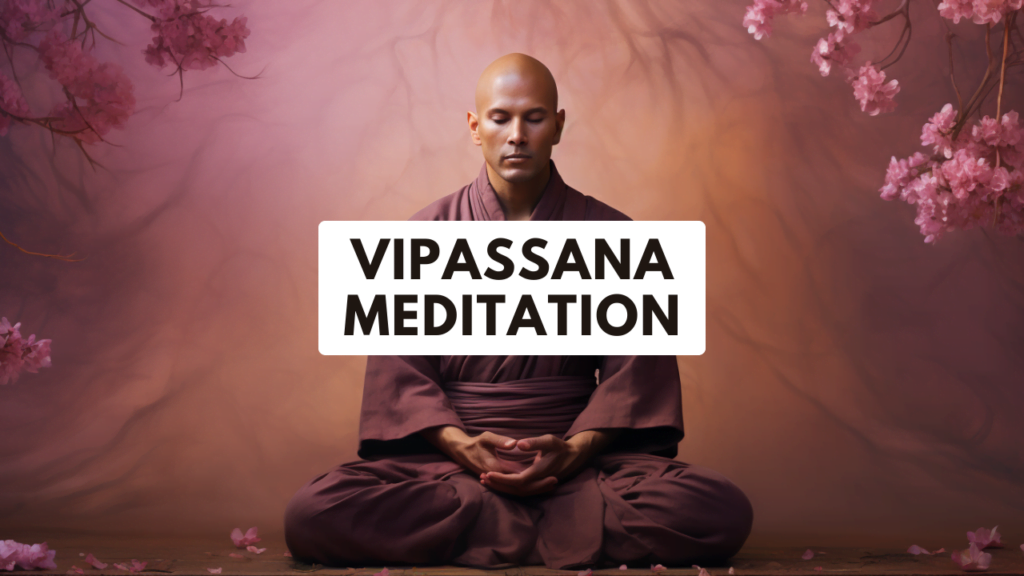Transcendental Meditation: How To Do It
Transcendental meditation is a newer form of meditation developed in the 1950s by Maharishi Mahesh Yogi. Transcendental meditation is a form of silent mantra meditation where users focus on a sound for the entire duration of the meditation. Maharishi brought transcendental meditation to the West when he went on a world tour in the late 1950s and early 1960s. The sound is known as the mantra in transcendental meditation. A mantra is just anything that is repeatedly focused on by the meditator. The focus on the sound mantra in transcendental meditation brings you into the present moment and deepens your conscious awareness. How To Do Transcendental Meditation Here are the steps to practicing transcendental meditation: 1. Find a comfortable location and position Choose a quiet location that is distraction free and find a comfortable sitting position. You can decide to sit on a chair, bed, couch, or the floor as long as it will allow you to stay awake and alert for the duration of the meditation. 2. Close your eyes Begin your meditation by closing your eyes and taking a few deep breaths. This will help you get centered and closing your eyes will help you focus solely on the sound mantra. 3. Choose a silent sound mantra Become aware of the sounds in the room or environment you’re in. Find a sound that is relatively constant in your environment. Choose this sound and use it for the duration of the meditation. 4. Focus on the mantra for 15-20 minutes For however long you want to meditate you’re going to continue to bring your attention to this one constant sound you chose at the very beginning. Anytime you get distracted just bring your attention back to the sound mantra. Continually refocus in this way for the entire meditation. Most transcendental meditation teachers recommend doing this for 15-20 minutes a day. How Long Should You Practice Transcendental Meditation? Why Transcendental Meditation? Transcendental meditation is unique for several reasons. This specific type of sound mantra meditation brings meditators deeply into a state of relaxation and peace with a relatively low amount of effort. This particular type of meditation can also be used to access higher states of consciousness. As you get deeper and deeper into a meditative state using transcendental meditation, you may have spiritual breakthroughs or spiritual awakenings. Transcendental meditation is incredibly simple to start practicing and gives you all of the mental and spiritual benefits of any other type of meditation. 7 Best Types of Meditation: Which Is Best For You?



